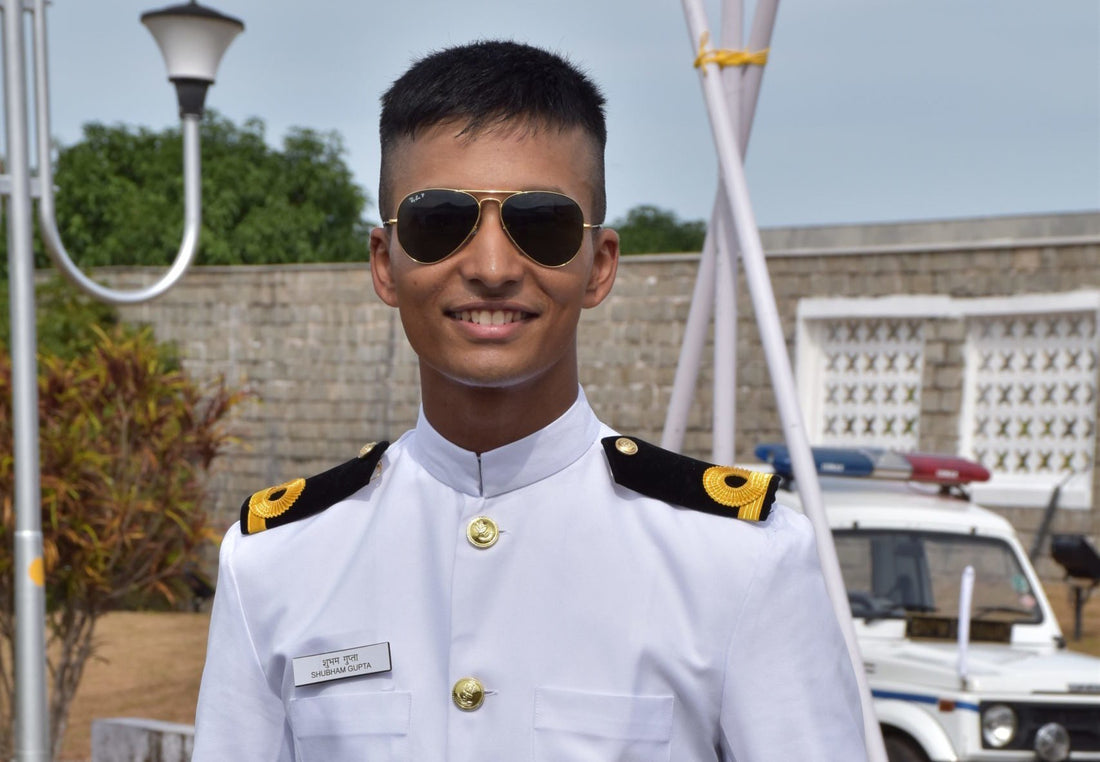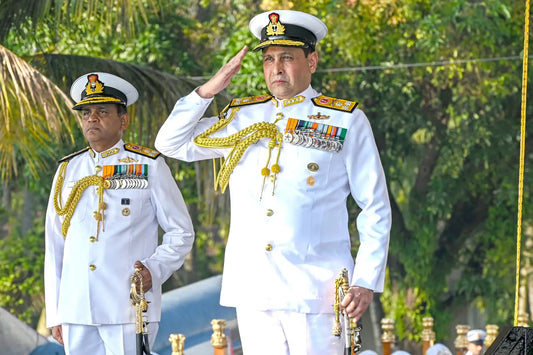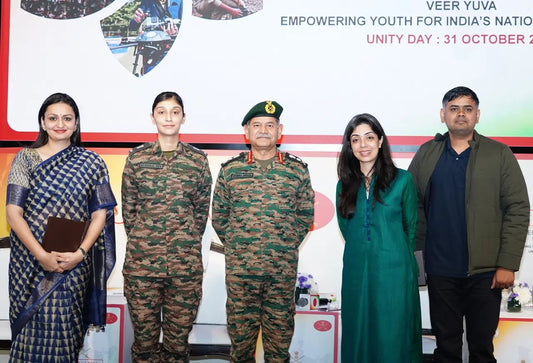How to Join the Indian Navy After 12th: Pathways and Requirements

Joining the Indian Navy after completing the 12th grade is a cherished goal for many students captivated by the allure of naval service. The Indian Navy, esteemed for its advanced capabilities and strategic importance, plays a crucial role in national defense, maritime protection, and humanitarian missions. To embark on a career as an officer or sailor, candidates must familiarize themselves with the available pathways, eligibility criteria, and rigorous selection processes.
Historical Context
Established in 1612, the Indian Navy has transformed from a modest fleet into a formidable force with cutting-edge technology and strategic prowess. As India's maritime interests and geopolitical relevance in the Indian Ocean grow, the Navy remains integral to national security. Entry routes such as the National Defence Academy (NDA) and specialized entry schemes underscore a commitment to comprehensive training and ethical leadership.
Understanding the Pathways to Join the Indian Navy
Prospective candidates primarily have two significant options for joining the Indian Navy: the National Defence Academy (NDA) and the 10+2 B.Tech Cadet Entry Scheme. Additionally, pathways exist for those aspiring to be sailors rather than officers, each with distinct eligibility requirements and selection procedures.
1. National Defence Academy (NDA) Entry
The NDA is a prestigious entry point for those aiming to become naval officers. The selection process is rigorous, designed to assess academic prowess, leadership potential, physical fitness, and mental fortitude.
Eligibility
Eligibility for the NDA includes:
- Unmarried males or females aged 16.5 to 19.5 years.
- Completion of 12th grade with a focus on Physics and Mathematics.
Selection Process
The selection process consists of:
- Written Examination: Conducted by the Union Public Service Commission (UPSC) biannually, this exam tests Mathematics and General Ability. In 2023, around 1,70,000 candidates participated, highlighting its competitiveness.
- Services Selection Board (SSB) Interview: A comprehensive 5-day evaluation of leadership qualities, physical and mental fitness, and overall suitability for the armed forces.
- Medical Examination: A thorough health check to ensure candidates meet stringent medical standards.
Training
Successful candidates undergo extensive training:
- 3-year training at NDA, Pune, covering military disciplines, academics, and physical training.
- Followed by specialized naval training at the Indian Naval Academy (INA) in Ezhimala, Kerala.
NDA training fosters leadership skills and prepares candidates for the challenges of a naval career.
2. 10+2 B.Tech Cadet Entry Scheme
This route targets individuals aiming for technical roles in the Navy, merging academic education with naval training.
Eligibility
Eligibility criteria include:
- Completion of the 12th grade with Physics, Chemistry, and Mathematics (PCM), achieving a minimum 70% aggregate and at least 50-60% in English.
Selection Process
The selection process involves:
- JEE Main Rank: Candidates must qualify for the Joint Entrance Examination (JEE) Main, with rank determining eligibility, valid for one year post-result declaration.
- SSB Interview and Medical Examination: As with the NDA route, candidates undergo the SSB interview and medical evaluation.
Training
Selected candidates pursue a 4-year B.Tech program at INA, gaining a technical degree while receiving officer training. This dual approach equips graduates with essential academic and technical skills.
Additional Options After 12th
For those not pursuing officer roles, several pathways into the Navy as sailors include:
- Artificer Apprentice (AA): Focuses on technical roles, demanding strong academic backgrounds.
- Senior Secondary Recruit (SSR): Offers roles in technical and non-technical capacities.
- Matric Recruit (Chef, Steward): For high school graduates interested in non-officer roles.
- Agniveer SSR: An entry scheme for candidates with 10th or 12th-grade education.
These routes cater to a wider audience, highlighting the Navy's diverse roles.
Key Aspects of Training and Career Progression
All training pathways share vital components that ensure holistic candidate development:
Physical Fitness
Physical fitness is foundational in Navy training, with rigorous regimes ensuring candidates meet the physical demands of service.
Leadership Skills
The NDA and B.Tech programs emphasize leadership and decision-making. Trainees face scenarios testing integrity, teamwork, and adaptability.
Subject Mastery
Training integrates academic learning with practical application, providing deep insights into naval operations and strategic leadership.
Challenges and Solutions
While joining the Indian Navy is highly desirable, candidates face several challenges:
- Competition: Intense competition for limited positions necessitates strict study regimens, mock tests, and physical training.
- Physical Demands: Rigorous fitness requirements can be daunting, but regular exercise, nutrition management, and preparatory training aid in overcoming these demands.
- Mental Resilience: The psychological pressure during selection is significant, but strategies like mindfulness, stress management workshops, and peer support can help.
Future Trends and Predictions
As the global landscape changes, the Indian Navy's role will expand. Future trends emphasize the importance of technology and cyber warfare, necessitating candidates with strong technical backgrounds. Recruitment and training are likely to focus more on technology-driven curriculums and innovations in naval strategy.
Conclusion
Joining the Indian Navy post-12th grade represents a commitment to honor, duty, and service. Through the prestigious NDA or the 10+2 B.Tech Cadet Entry Scheme, candidates enter a realm offering challenges, growth, and national service opportunities. Structured pathways, rigorous selection, and comprehensive training ensure that those who succeed become capable leaders. Preparation, dedication to academics, physical fitness, and mental resilience are crucial for a rewarding career in one of India's most respected military branches.
In today's ever-evolving world, the Indian Navy stands as a symbol of strength and unity. Aspiring candidates are encouraged to explore essential resources and preparations to embark on this exceptional journey. Resources like SSBCrack and SSBCrackExams offer valuable study materials and coaching for these pathways.
As you consider this opportunity, keep in mind that the call to serve is a call to greatness. Embrace it.



















